Over winter break in 2022, my husband, my oldest daughter and I went to Argentina to see the country and visit my friend. We spent four days in Buenos Aires, the capital, and four in Bariloche, a small resort town that nestles the Andes foothills in Patagonia on the border with Chile.
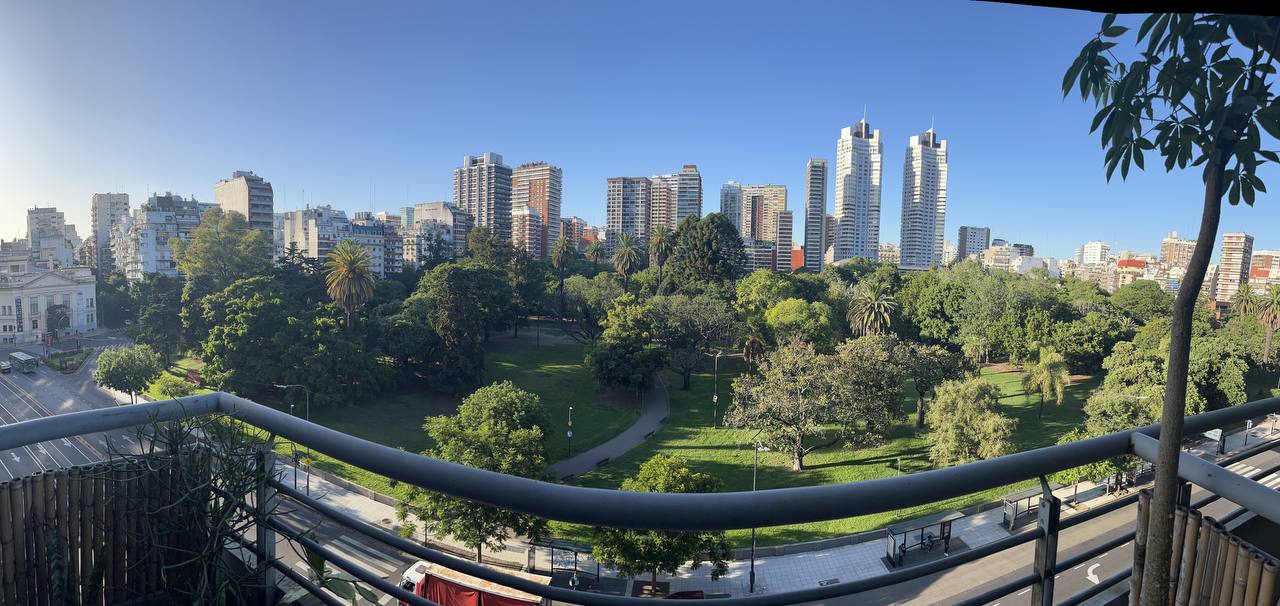 Our Airbnb in Palermo, Buenos Aires
Our Airbnb in Palermo, Buenos Aires
I wouldn’t describe the trip as relaxing: it was a really grueling flight: 2 hours’ drive from our house in Philadelphia to JFK, then 10-hour flight to Buenos Aires, and then another 2-hour flight from Buenos Aires to Bariloche, and all the way back again.
It was especially hard with an almost eight-year-old even though she is an amazing traveler and has MUCH more patience than I did at her age (and now, too!) But it was definitely one of the most interesting vacations I’ve ever been on, and I learned a lot about something that is entirely outside of my personal experiences, and that’s why I travel.
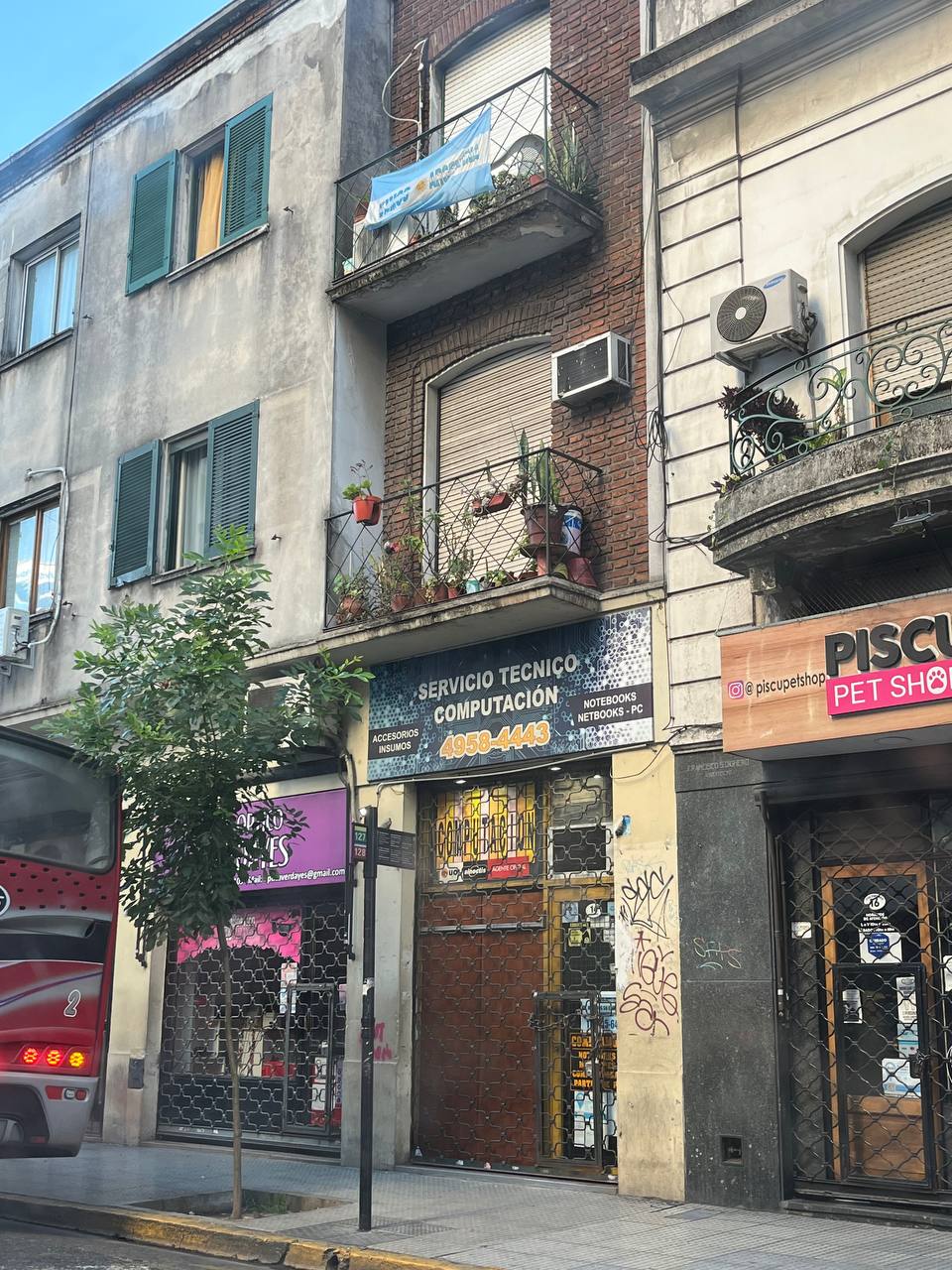 Vamos Argentina flag in Buenos Aires
Vamos Argentina flag in Buenos Aires
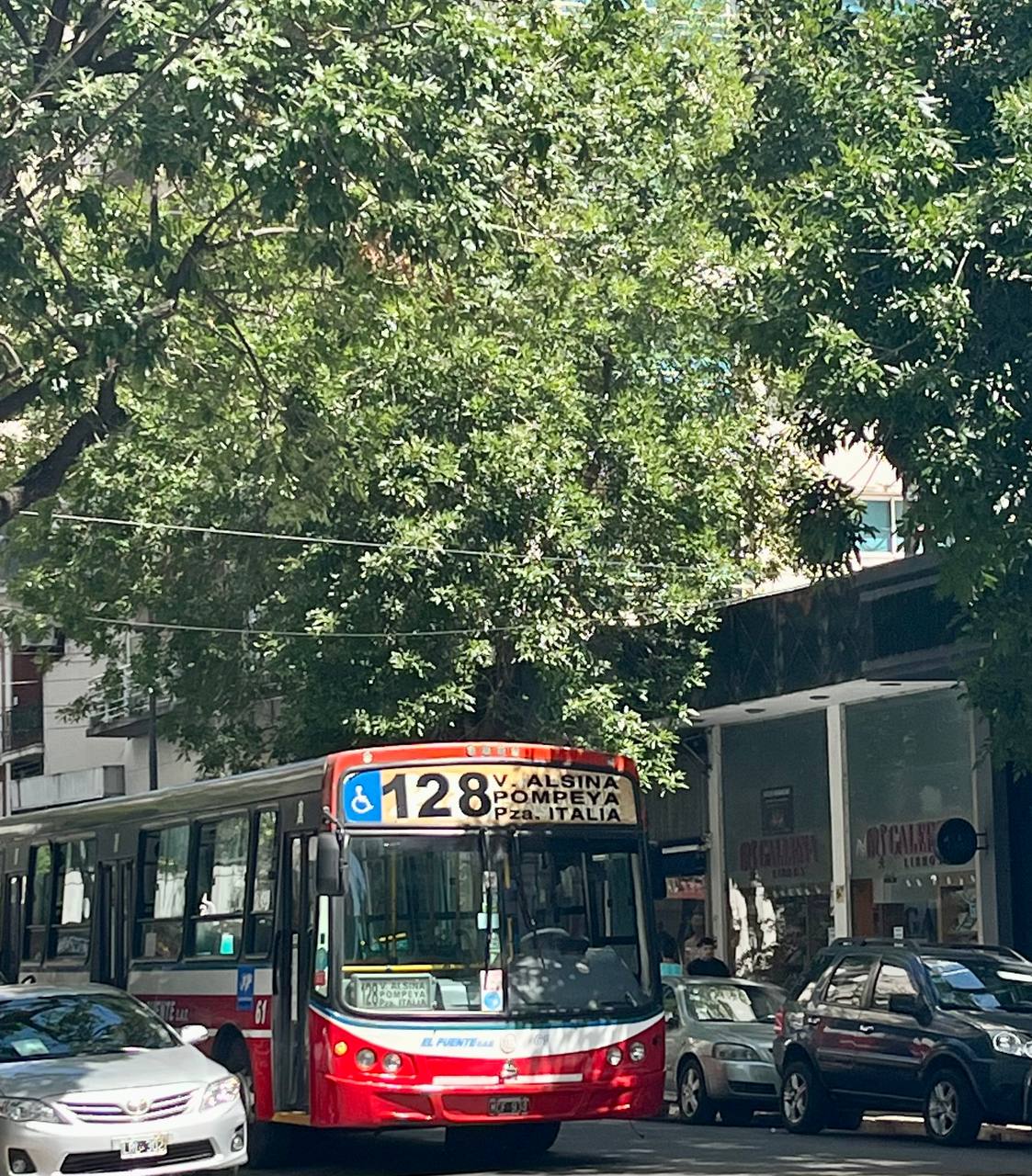
I was surprised to learn that Argentina, like the United States, was founded and built by immigrants particularly from Italy. As a result, Argentinian culture is permeated with Italian influence in its food, its place names, its Italian-influenced Spanish, and culture.
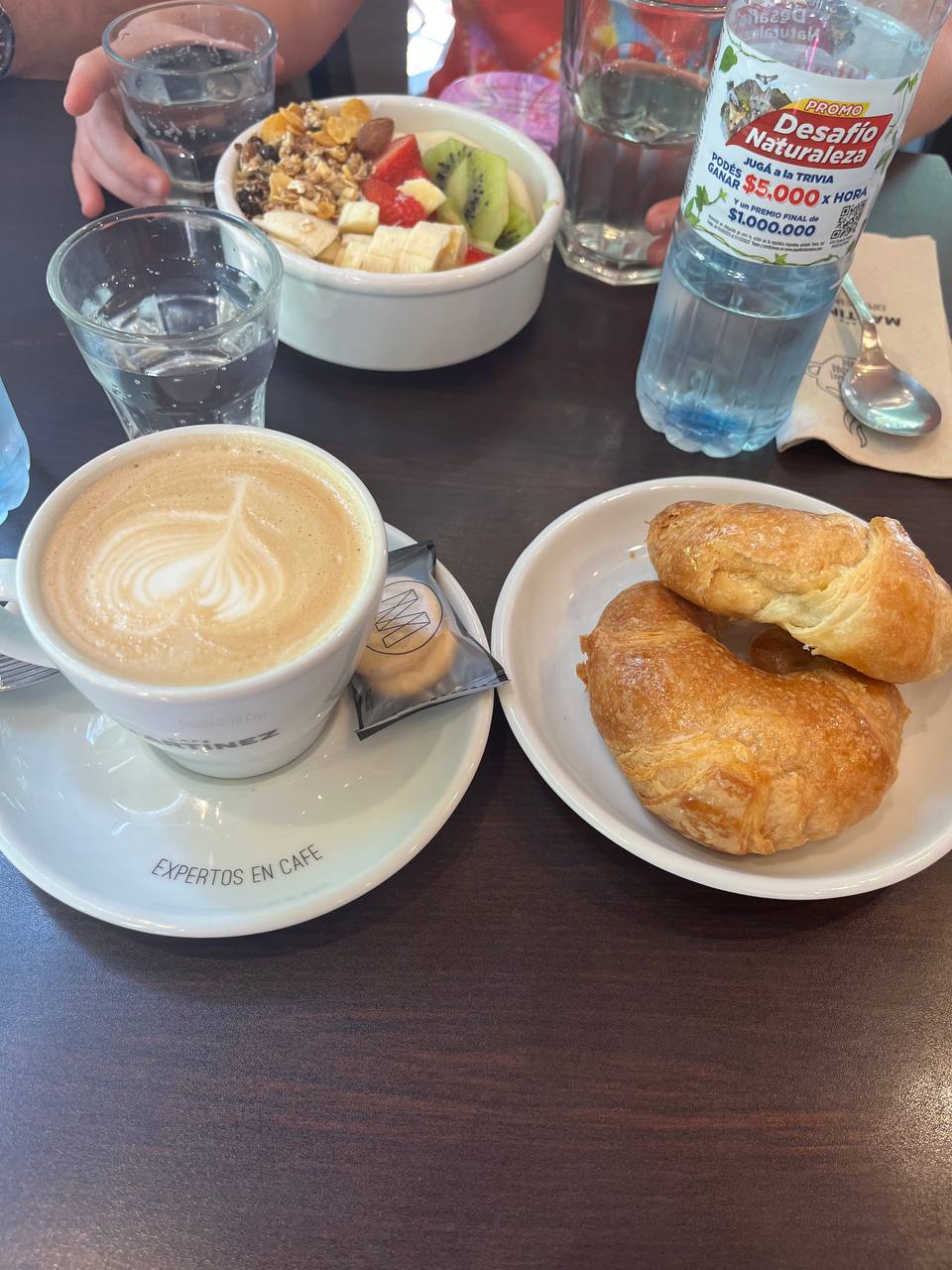 Typical Buenos Aires cafe culture, amazing coffee and medialunas, a national pastry
Typical Buenos Aires cafe culture, amazing coffee and medialunas, a national pastry
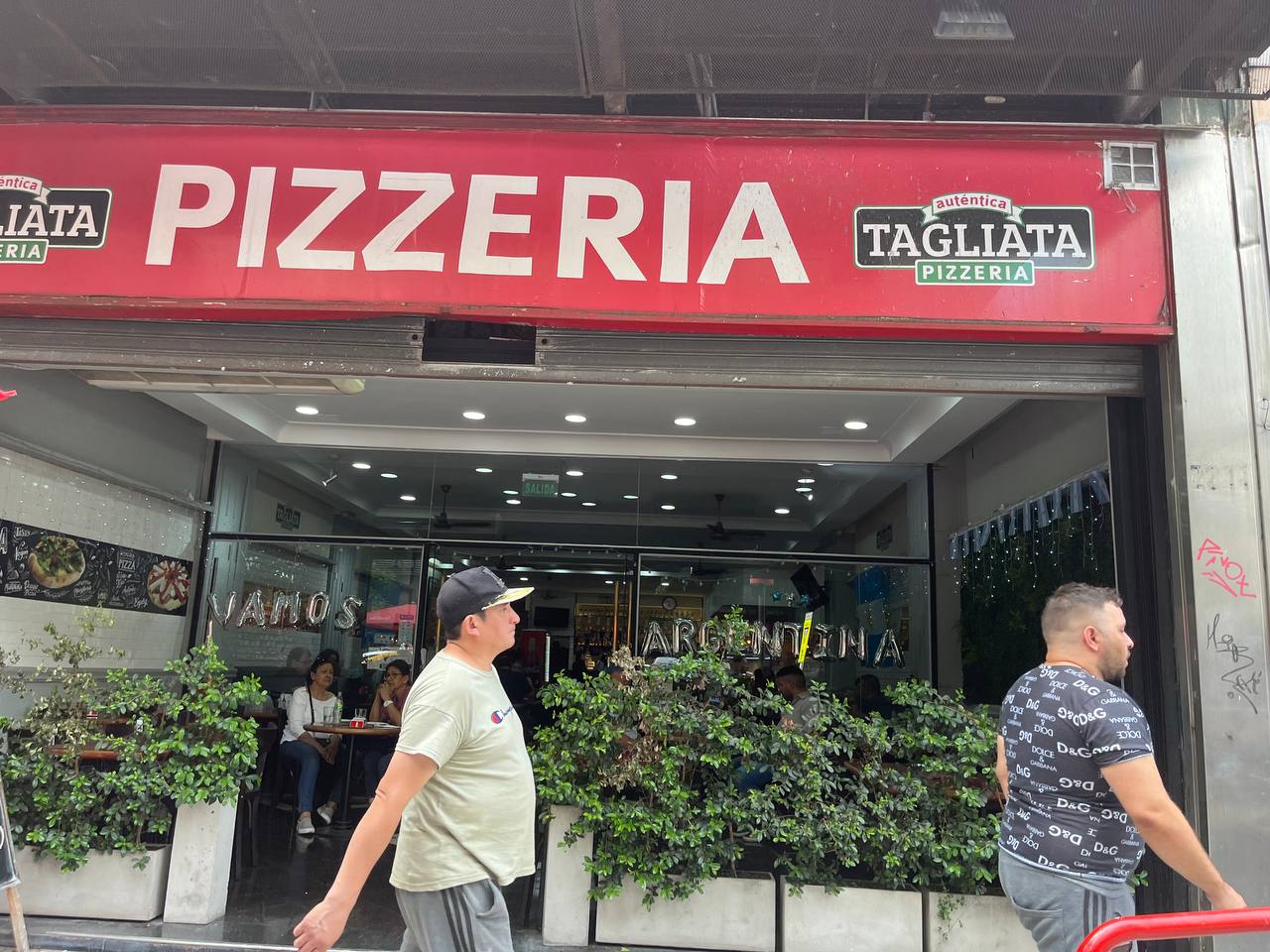 If I had to describe Argentina in one picture, it would be this.
If I had to describe Argentina in one picture, it would be this.
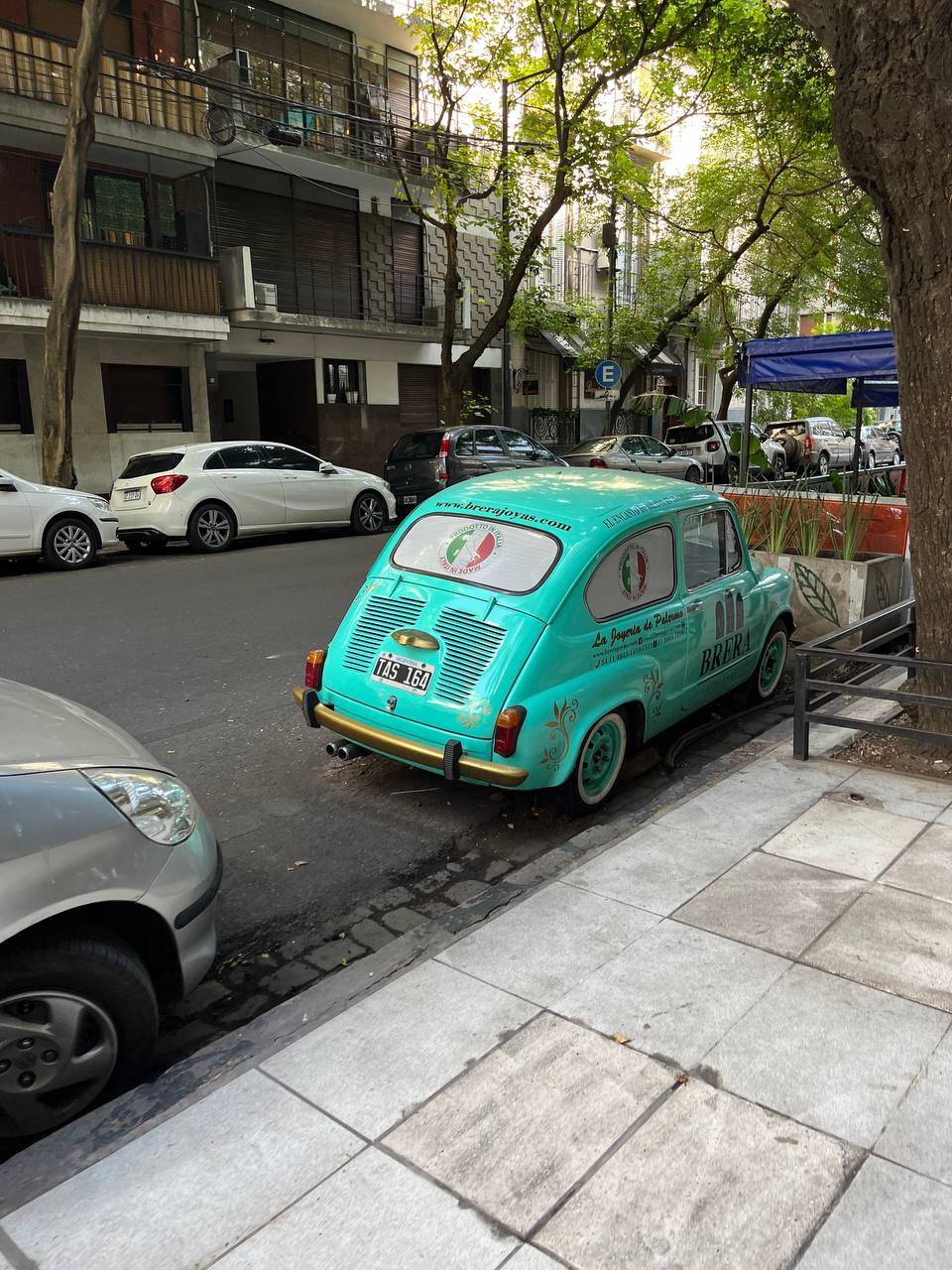
And, we also learned that it also has one of the largest Jewish populations outside of Israel and the United States (For those interested, I recommend this very good Buenos Aires Jewish history walking tour which for us came with piping-hot pumpkin knishes.) One of the constant themes of this tour was living memory, whether it was meaningfully remembering the 1994 AIMA bombing, which still has not been resolved, or talking about the tens of thousands of people who have been disappeared during the secretive cruelty of Argentina’s dictatorships.
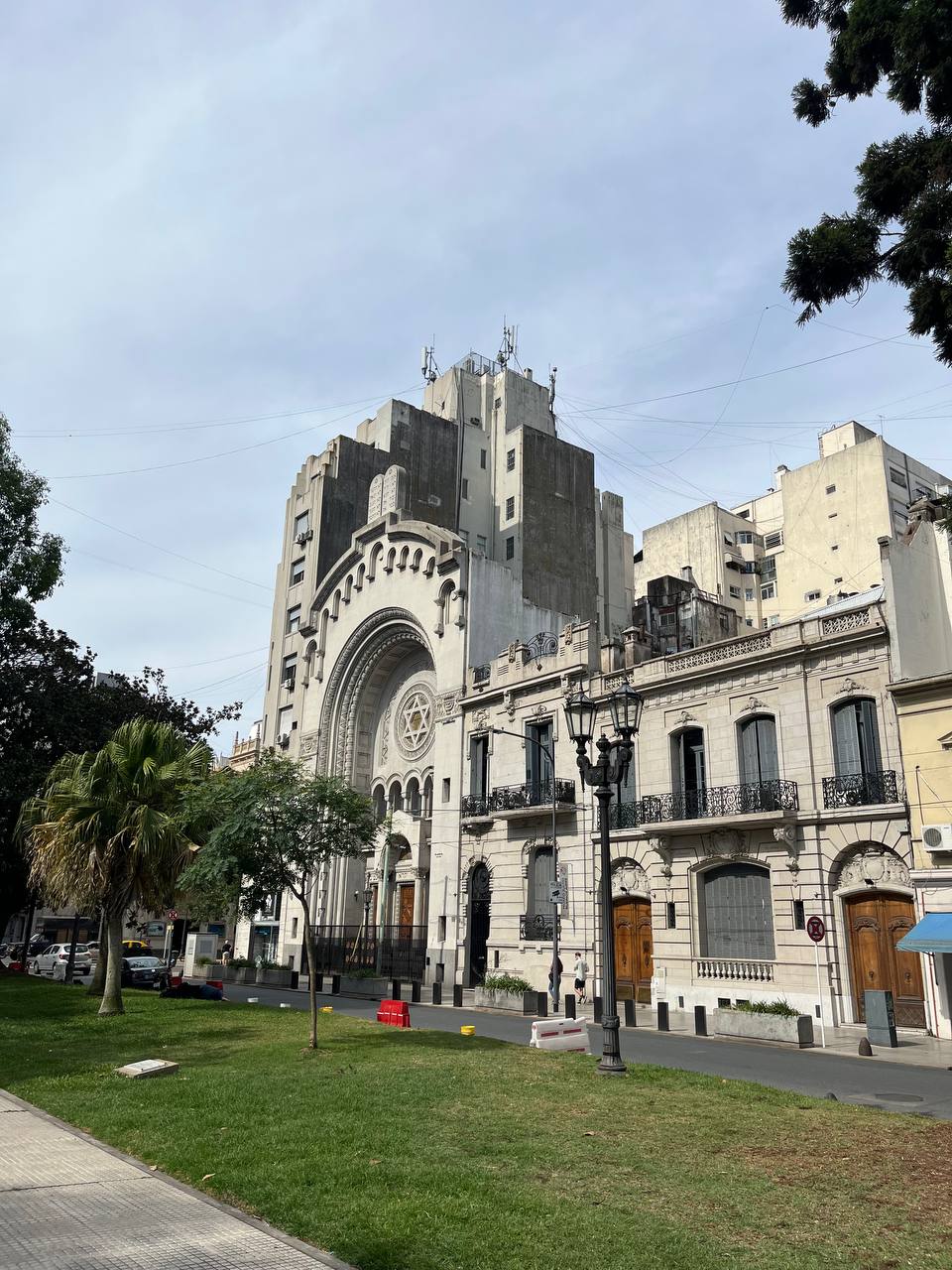 Synagogue in Buenos Aires
Synagogue in Buenos Aires
Because of this fusion of cultures and flavors, Buenos Aires is an immense, sprawling metropolis that is Latin American at first glance, but an enormous combination of ethnic influences once you look slightly deeper. We walked over 14 miles and probably covered 20% of it in its entirety.
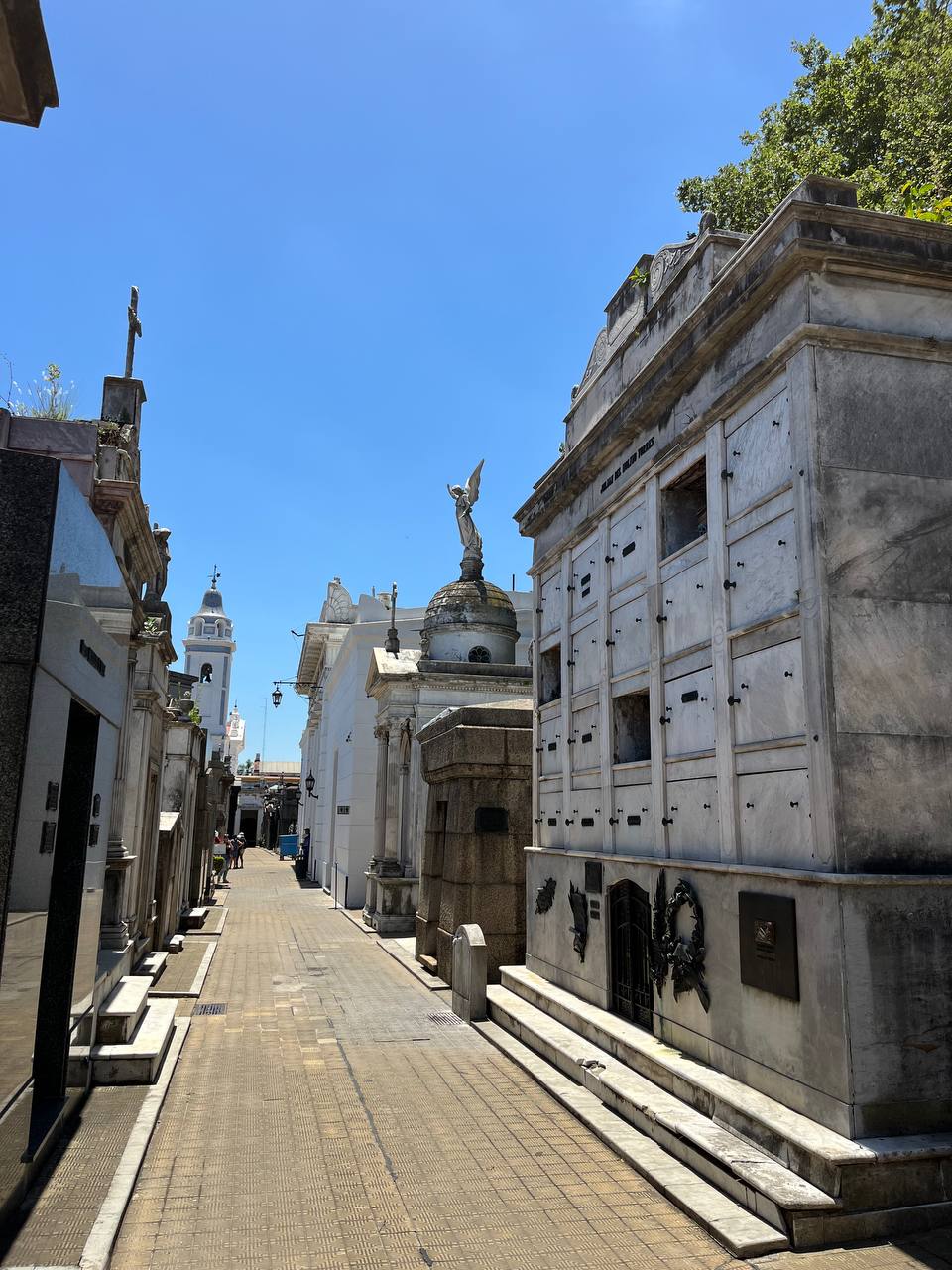 Recoleta Cemetery, where lots of celebrities and statesmen are buried, including Evita
Recoleta Cemetery, where lots of celebrities and statesmen are buried, including Evita
There is plenty to do, including a children’s science museum (The Not Allowed to Not Touch Museum), a Japanese garden, and of course an entire museum devoted to Eva Peron. There are beautiful parks, including the Ecoparque where animals like maras roam free.
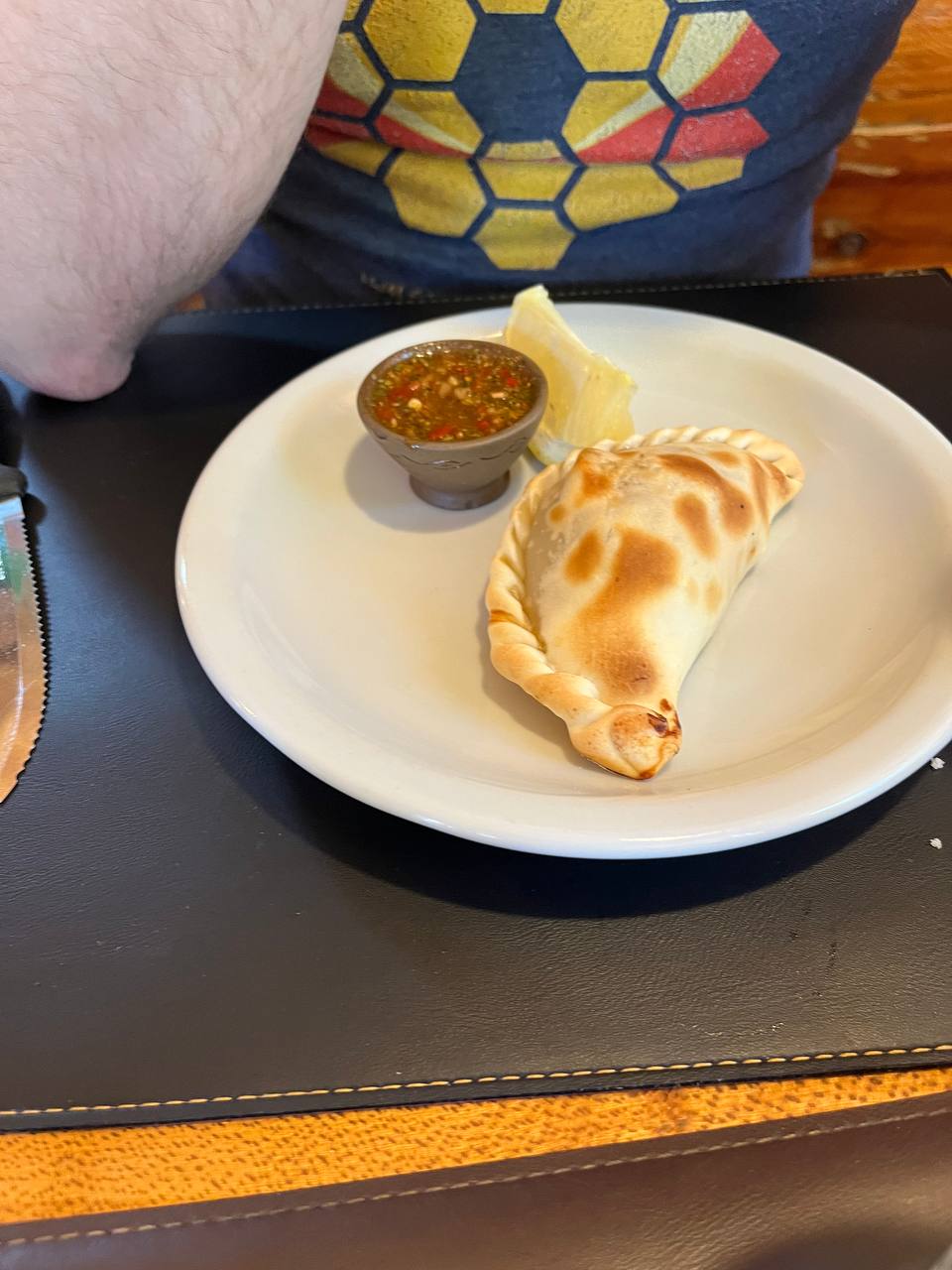 Empanadas, the national Argentinian pasttime
Empanadas, the national Argentinian pasttime
In between, there is an amazing food and coffee scene and it’s not entirely uncommon to find people sitting for hours talking about everything (in our case, we overheard mostly conversations about, of course, futbol.)
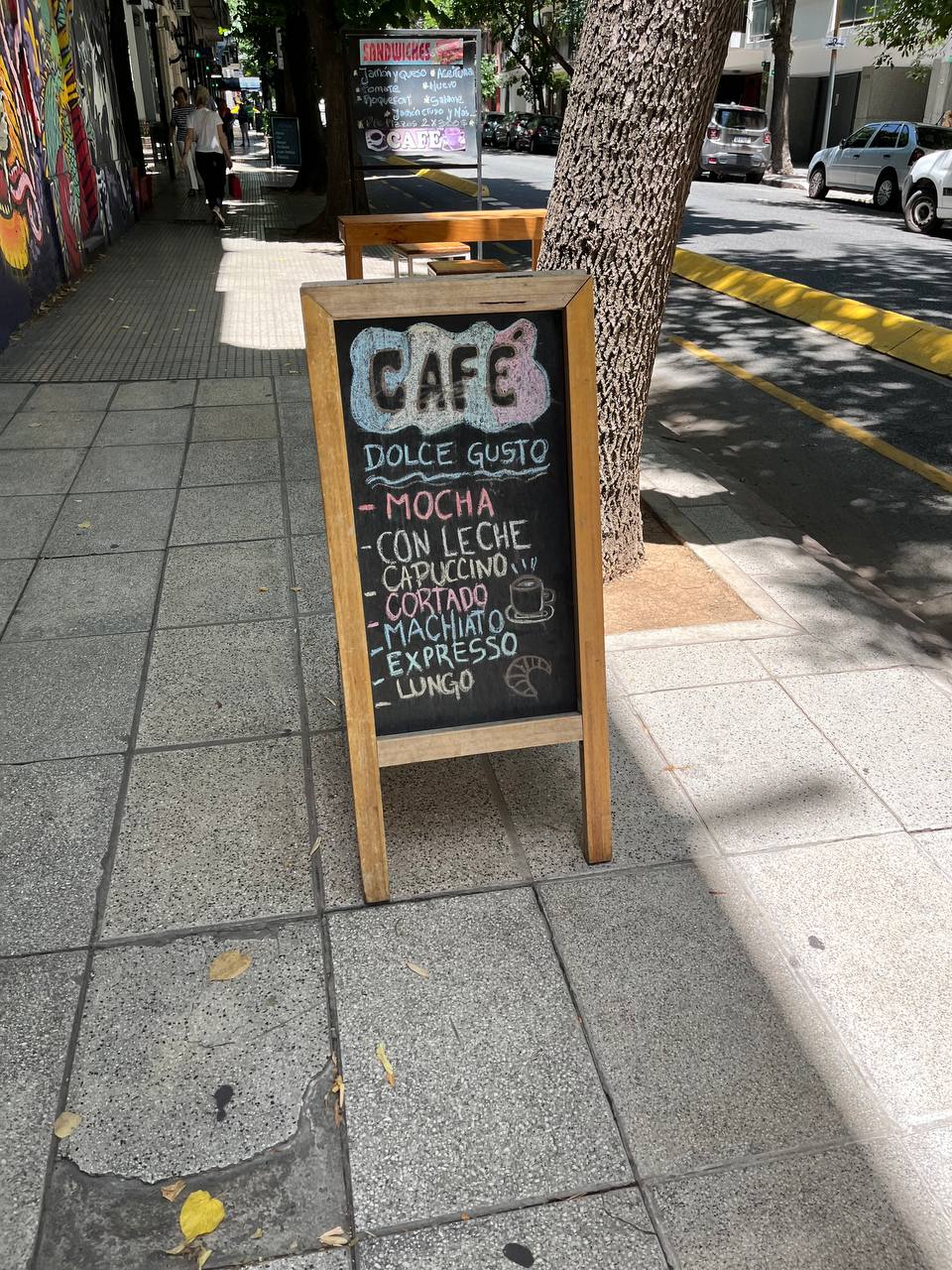
Because I love books, I also pleaded with my family to indulge me and stop by El Ateneo Grand Splendid, constantly rated as one of the best bookstores in the world because it used to be a beautiful theater.
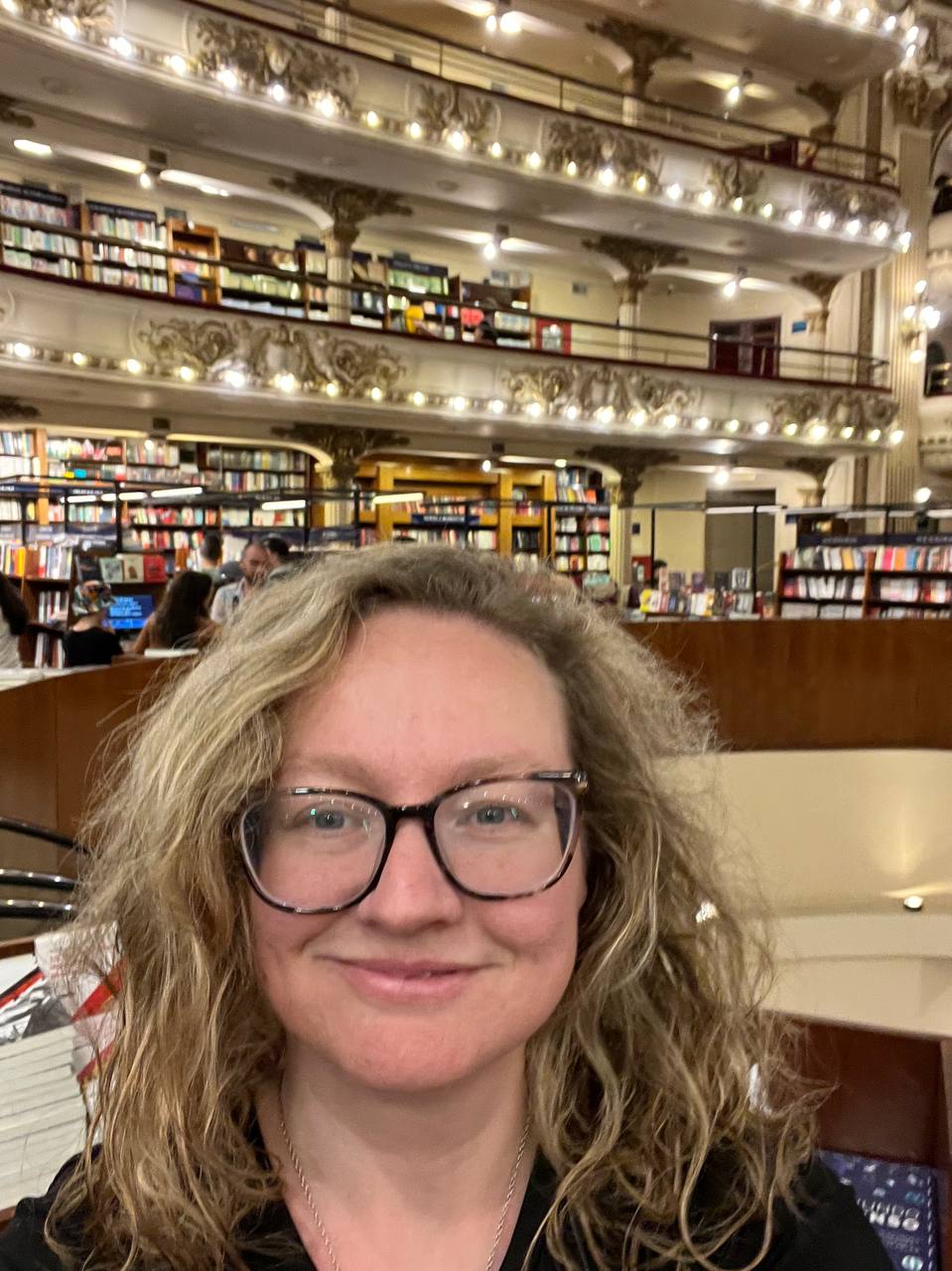
Bariloche is a completely different city with a completely different energy. It was built by Swiss immigrants in the late 19th century, and stepping off the plane, it does feel a little like you’ve alighted on Zurich.
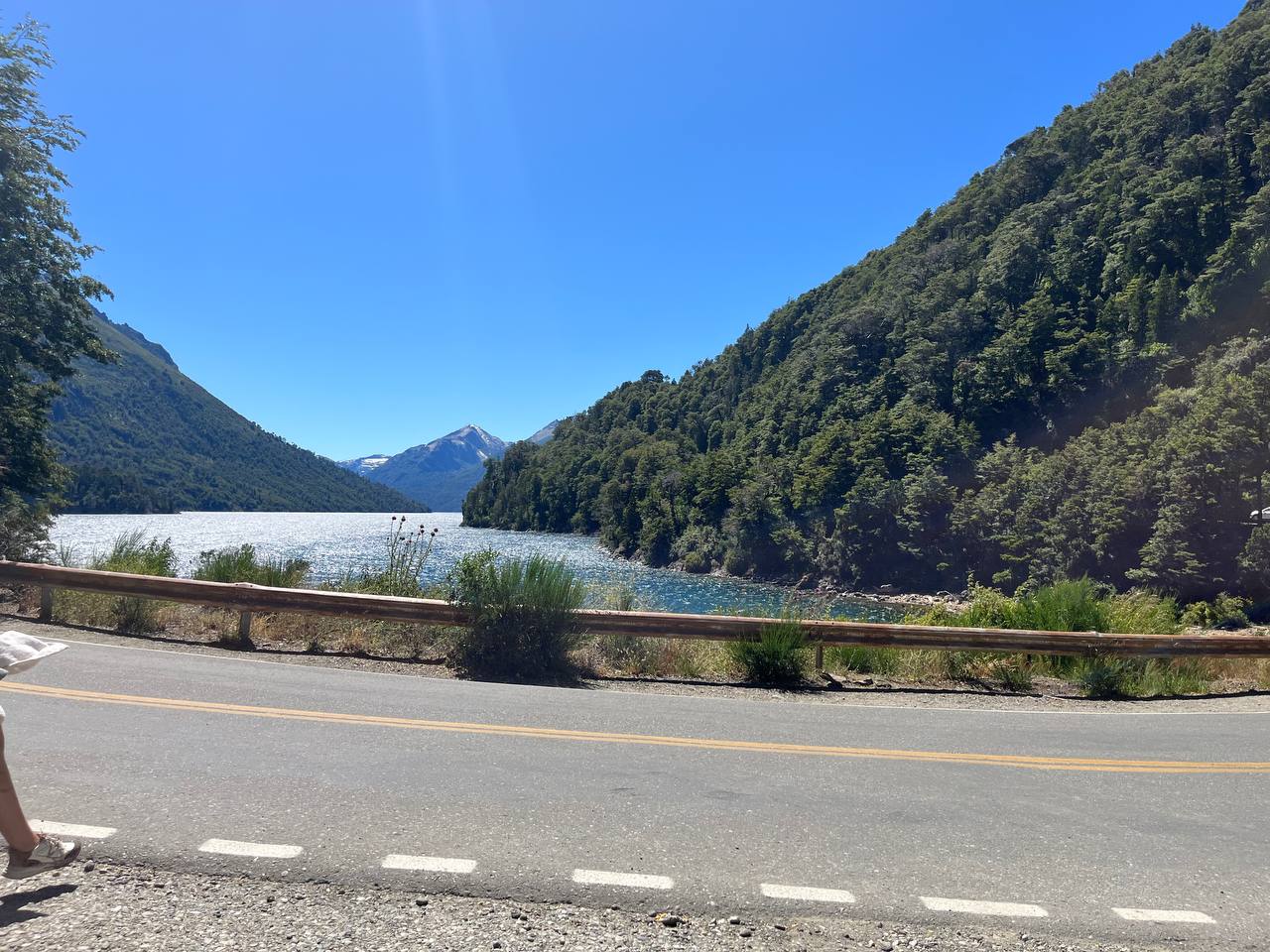
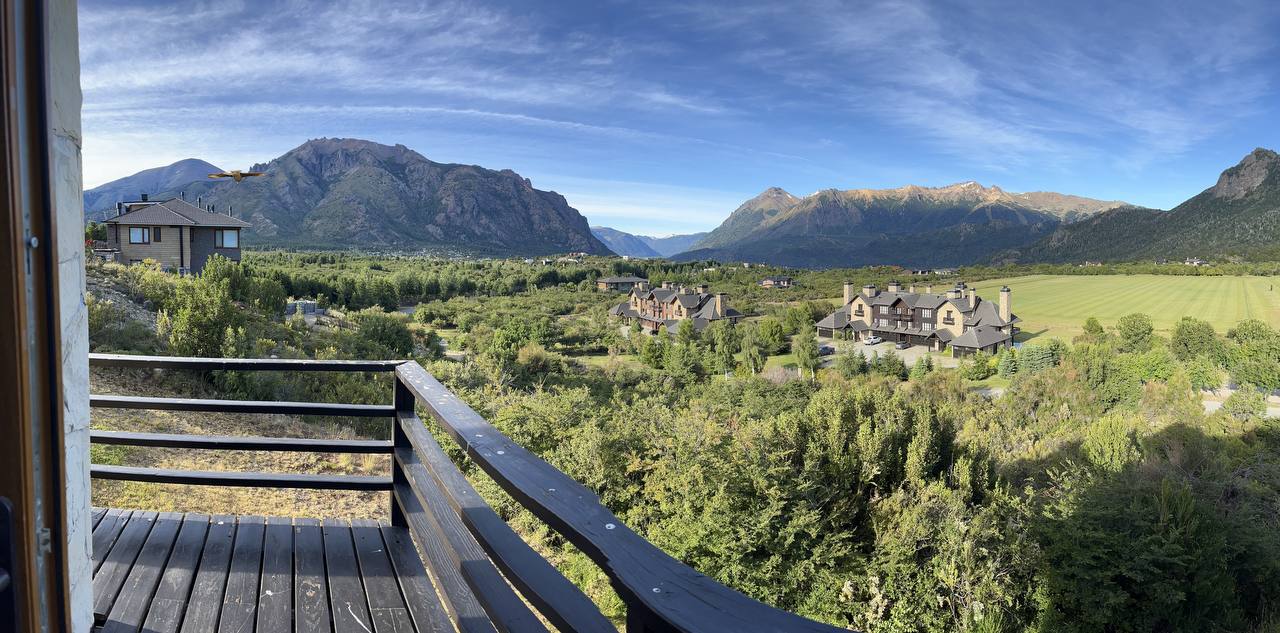
The air is cool, crisp and fresh, even in the summer, and, flying in, you can see the mountains even from the plane. There are lots of birds, both from the mountains and the nearby lake, Nahuel Huapi.
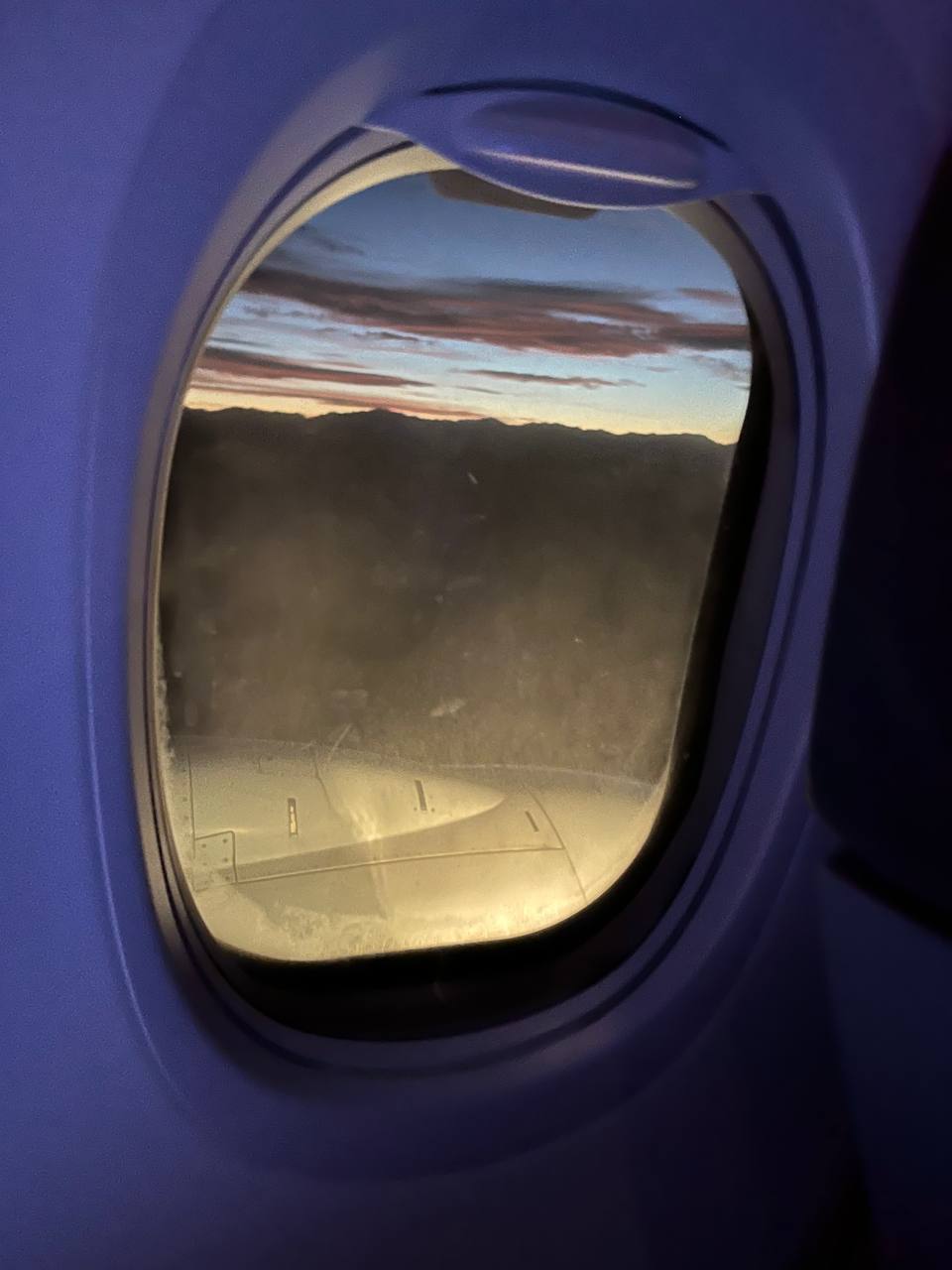
We were kind of dreading the flight, but to be honest the way there and back was one of the easiest trip experiences we’ve had, something that was made even easier by the fact that we flew in December, Southern Hemisphere summer, when the weather was perfect.
Bariloche is amazing for any kind of nature anything you want to do, and we did plenty of hiking around Bariloche and also walking around the Colonia Suiza., as well as driving around the lake and just oggling the scenery.
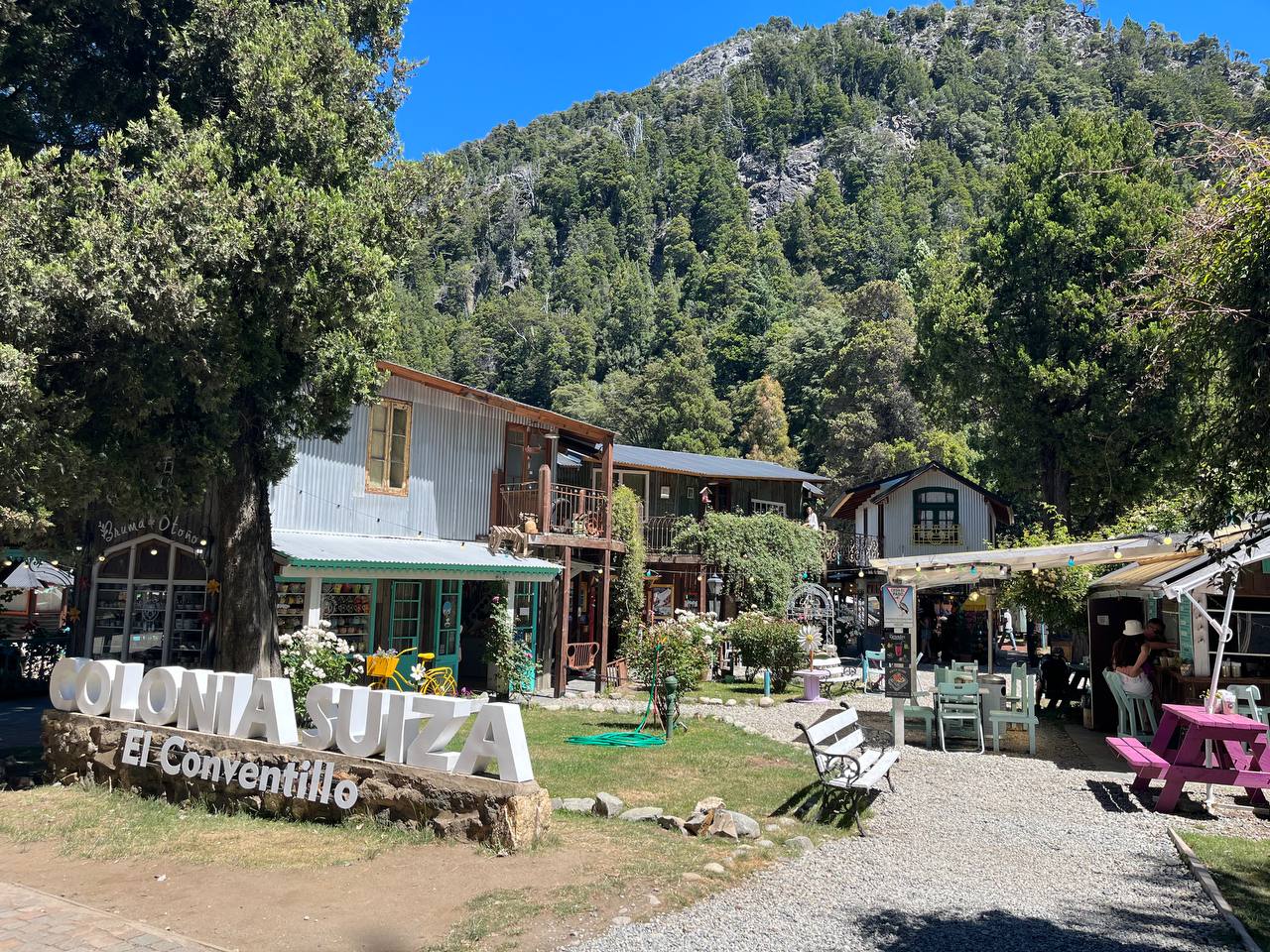
One of the coolest parts (and there were a lot) was that our visit coincided with Argentina winning the World Cup, so the energy in the country throughout our visit was off the charts. Messi’s face was plastered everywhere: on advertisements for banks, internet providers, on busses and in small bodegas. When we from Buenos Aires landed in Bariloche, the plane erupted in cheers, and then song. The whole country was on holiday.
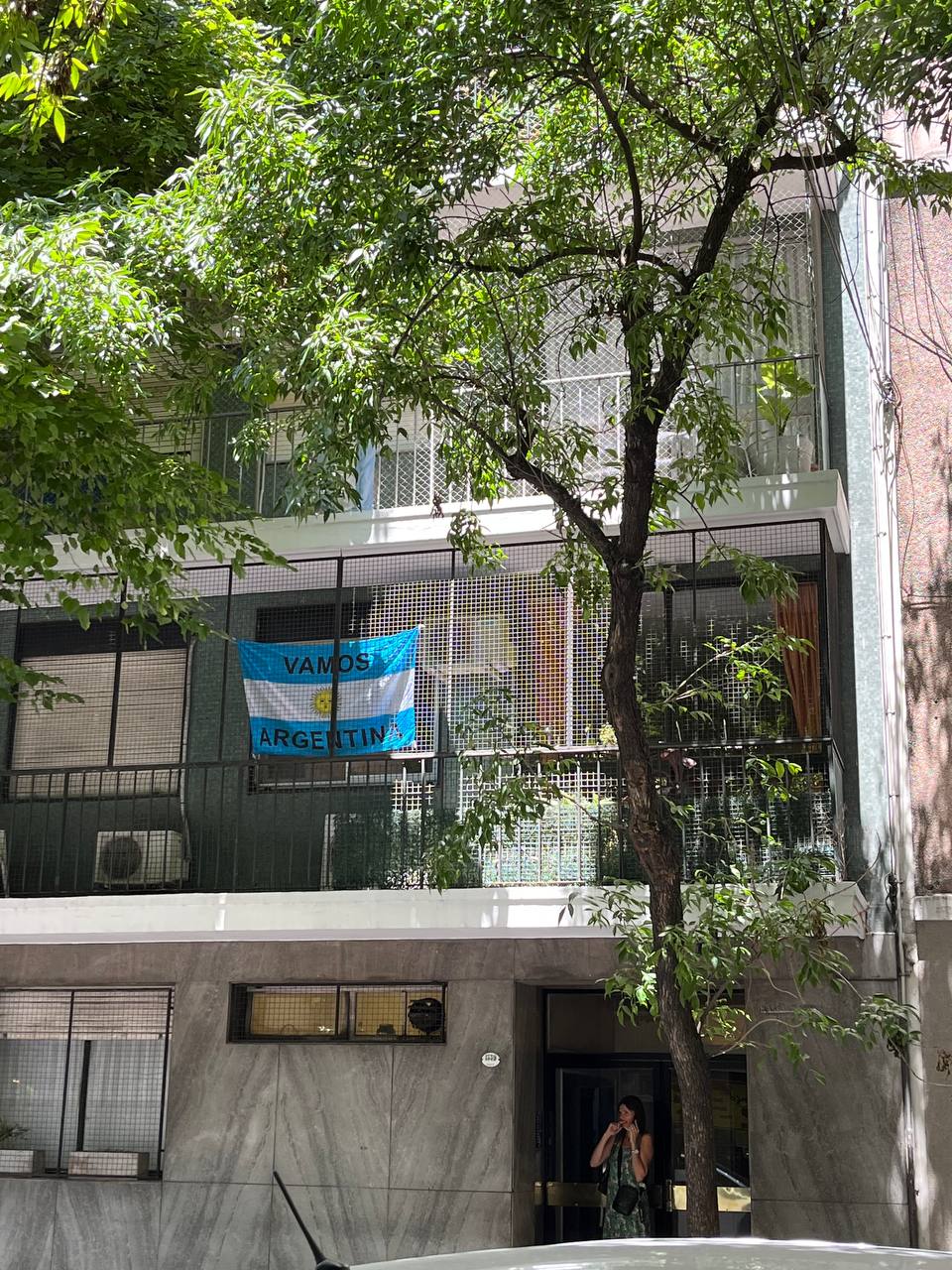
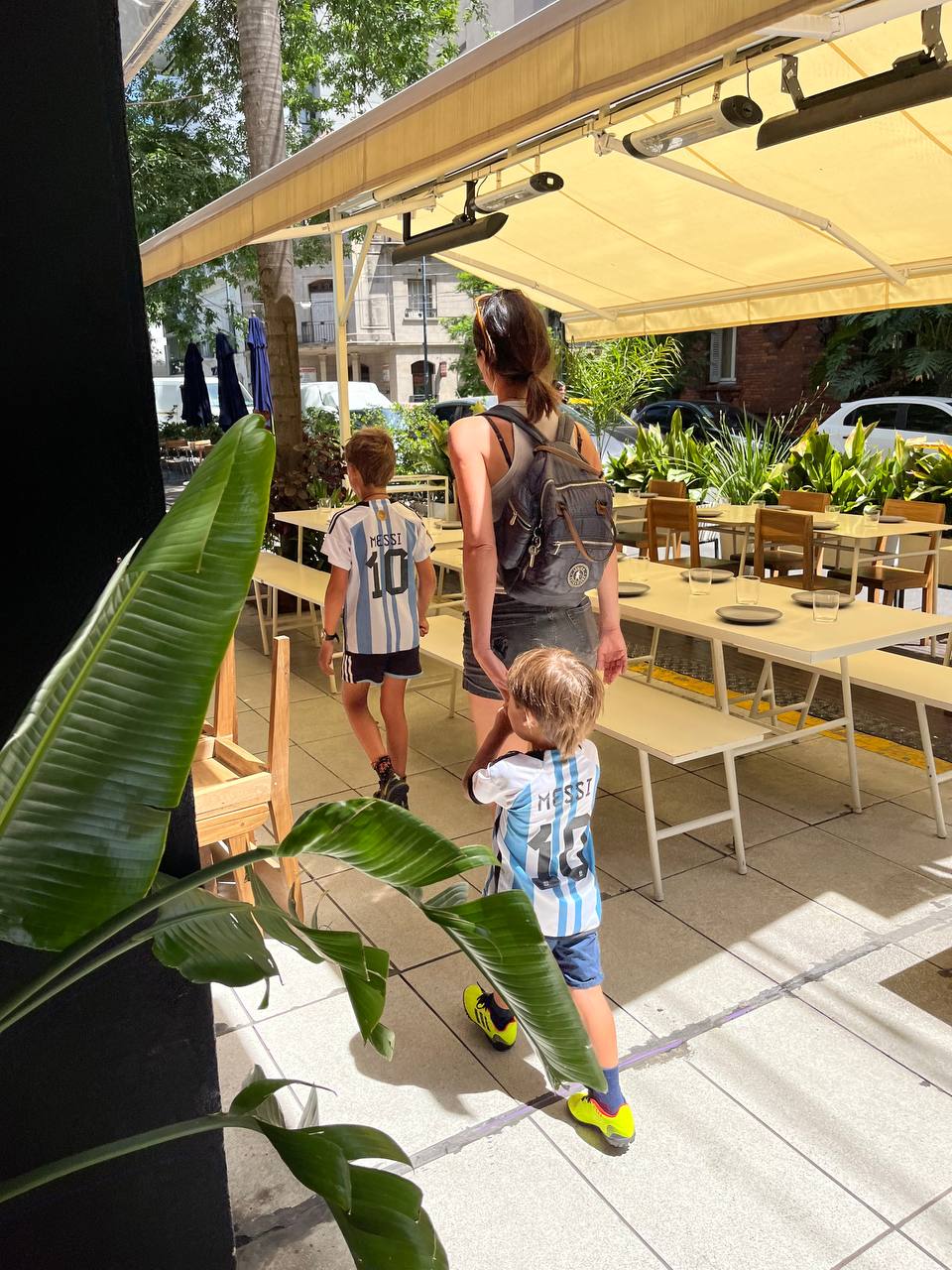
The plane that we took back from Bariloche to Buenos Aires was apparently the plane that the Argentinian team took back from when they won the World Cup, and everyone in the terminal took pictures near it.
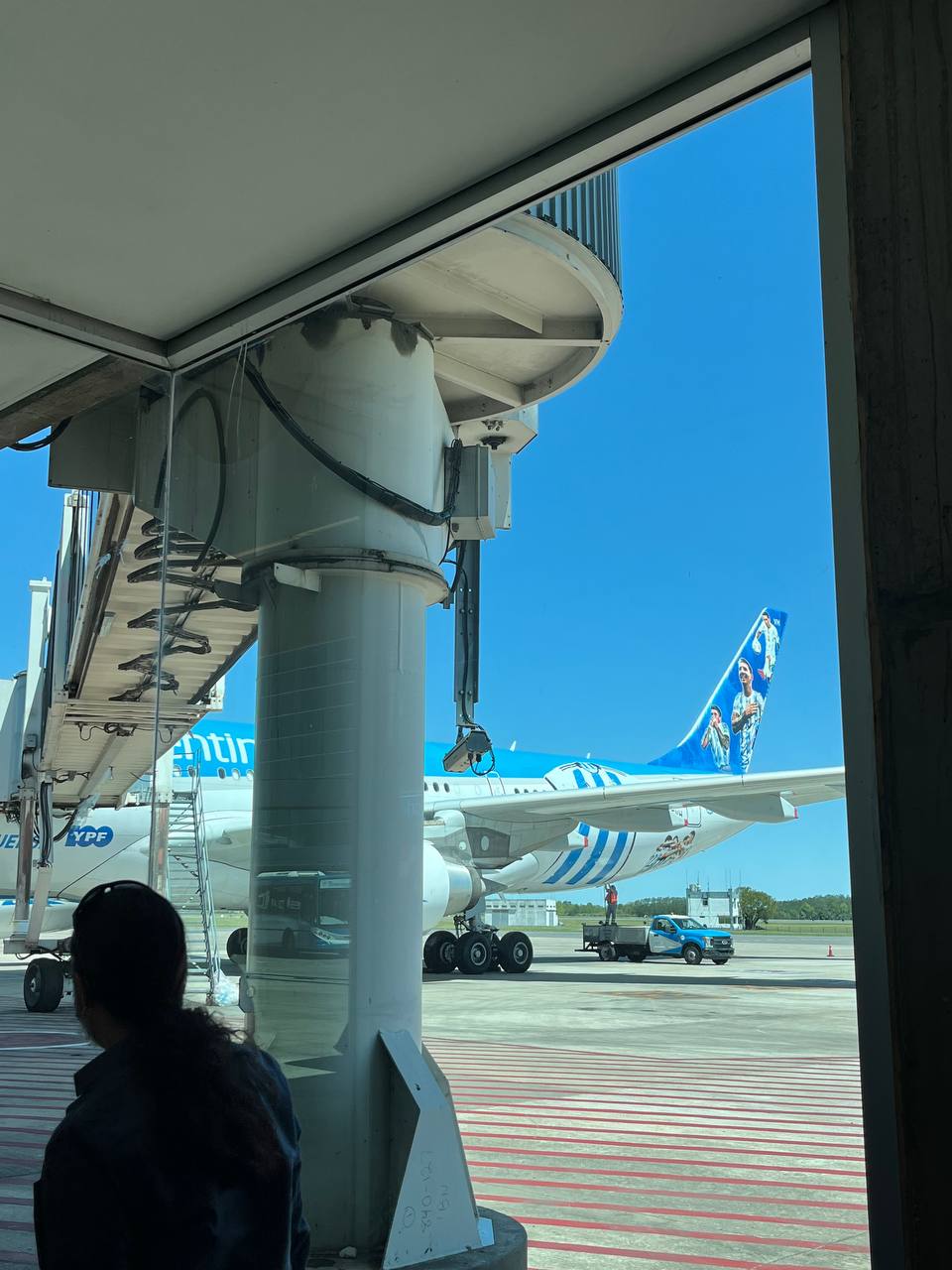
All of this was a particularly nice break since all the latest news from Argentina has been bleak and about its runaway currency, and the situation is, indeed, not great. Argentina has always been in inflation, but as I write this, the rate of inflation is about 92%. What does this mean practically? As a tourist, you are going to have to carry around a lot of 1000-peso notes and pay in pesos whenever possible so that you can get the best exchange rate, of which there are two, the official one you get at the bank and the unofficial one you get if you exchange elsewhere. The implications for Argentinians in navigating day-to-day economic life are much more stressful.
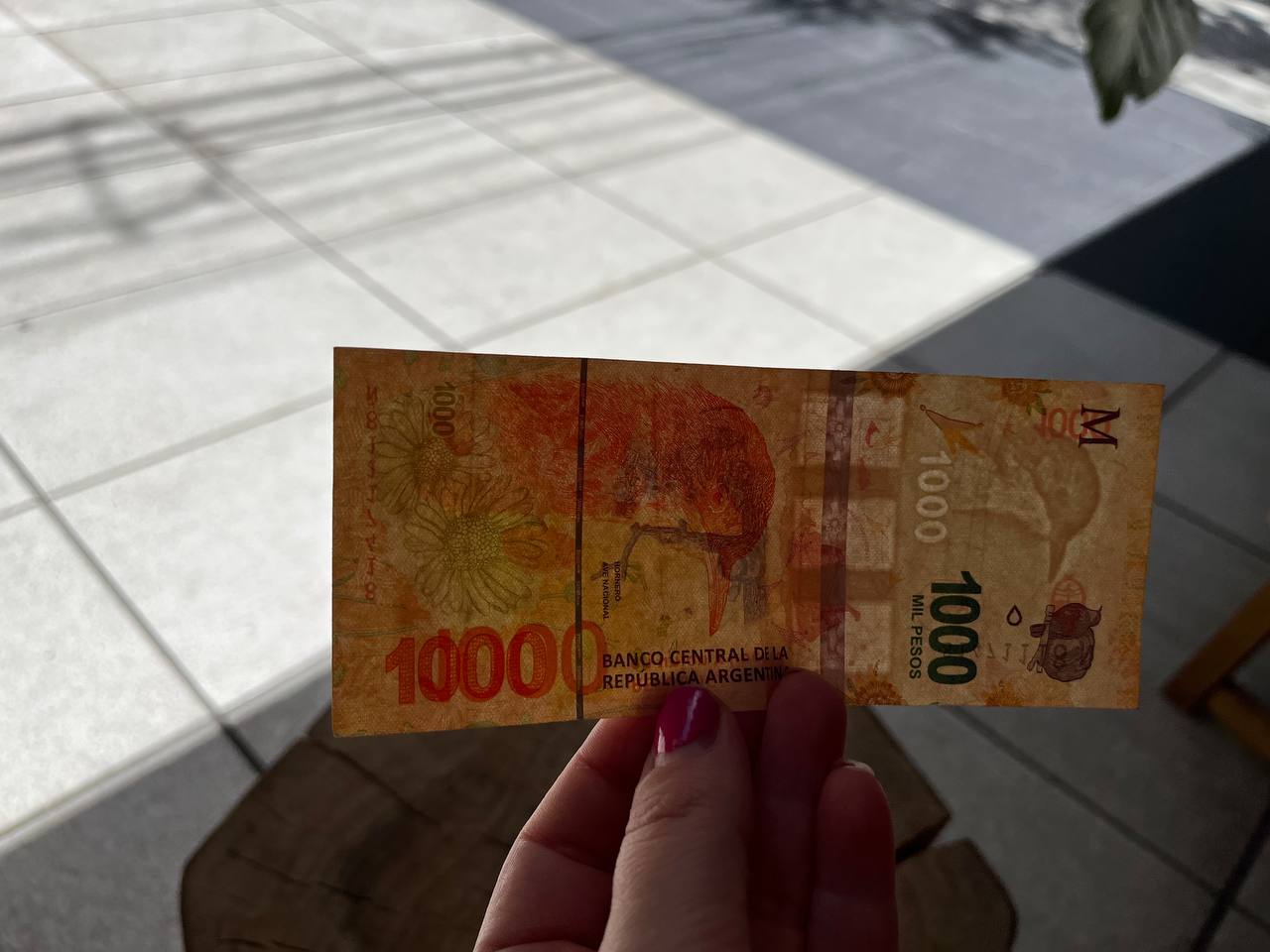
It’s impossible to understand an entire country in eight days, especially when you’re only a tourist, but if I had to describe my impressions of Argentina they would be, “Aggressively multicultural, loud, vibrant, independent, and a country that requires patience from everyone who visits and lives here,” and I strongly recommend you check it out (and send me some medialunas while you’re there.)